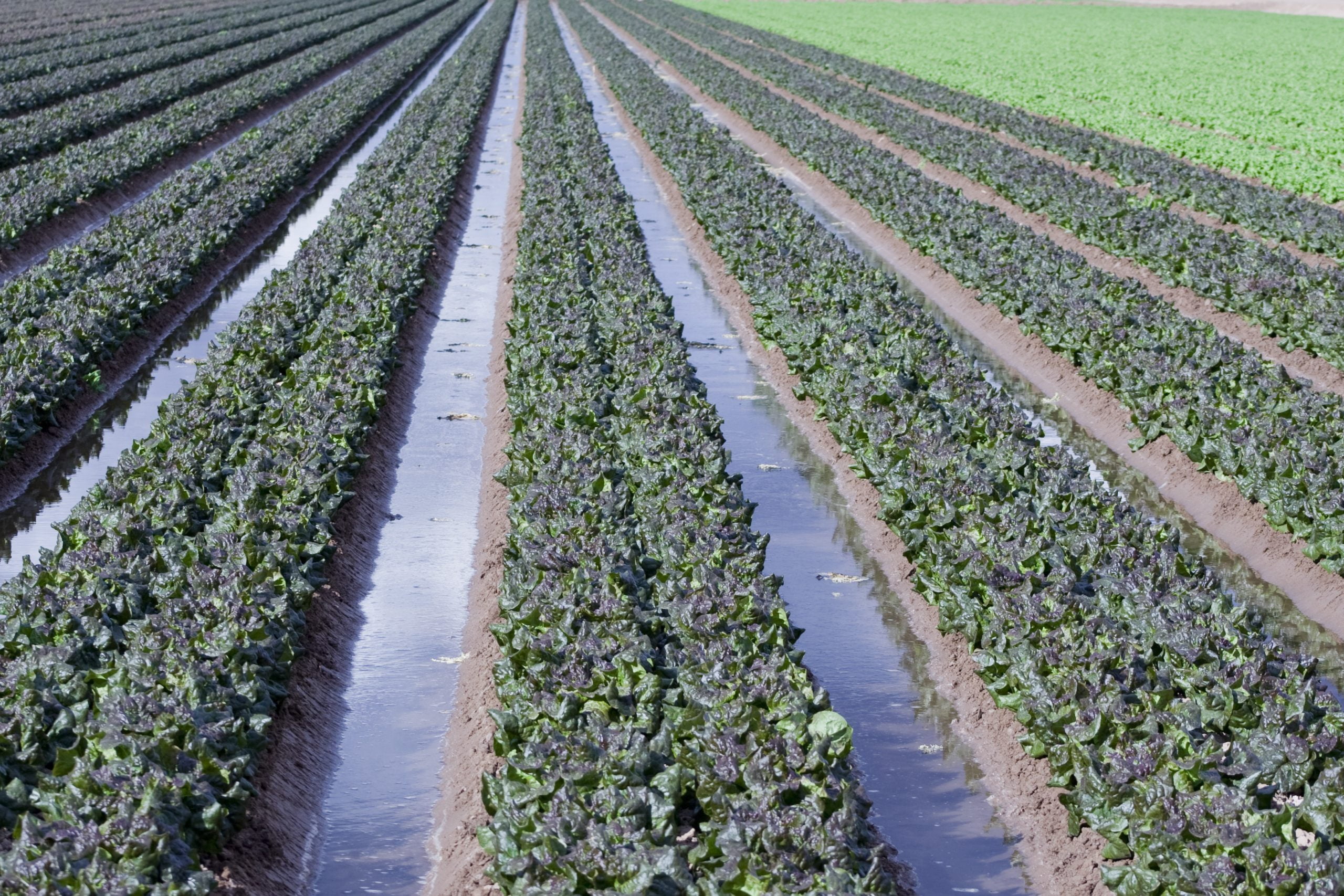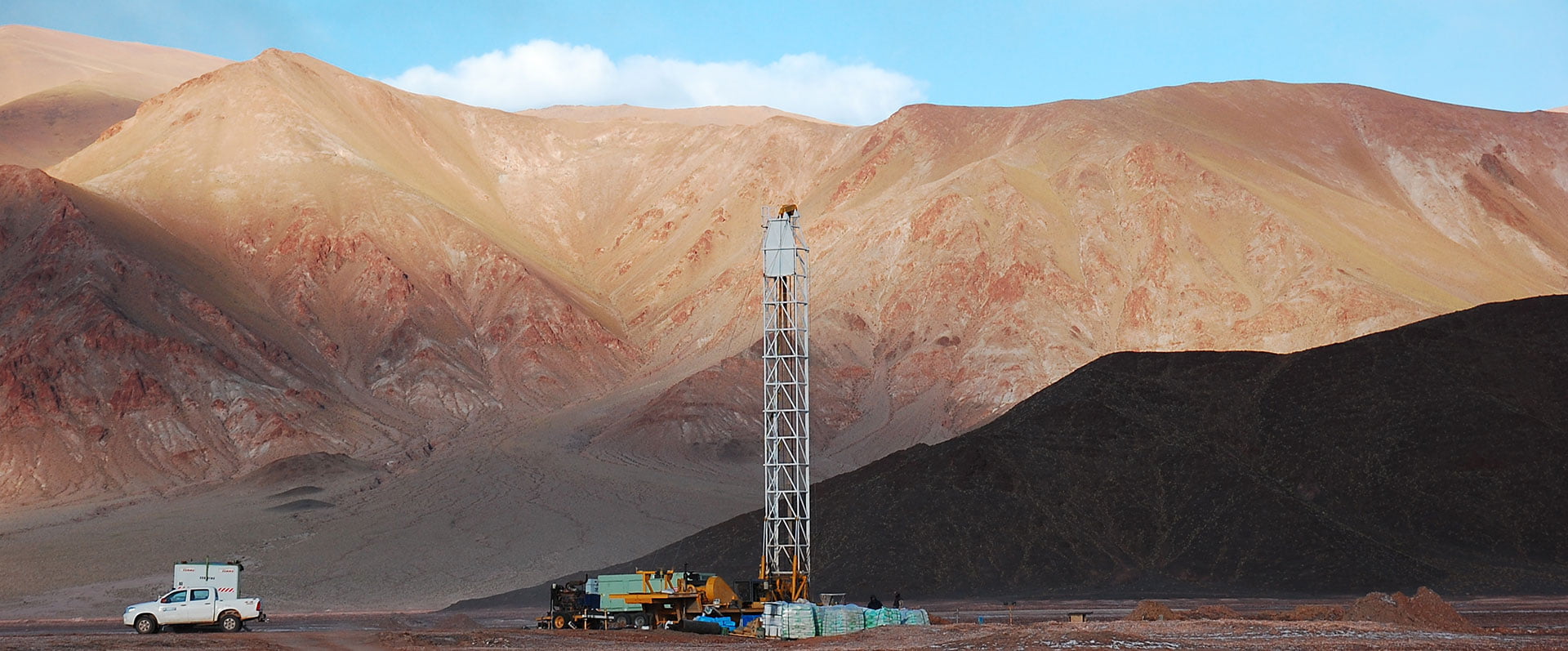
Lisa Porta, P.E., principal water resources engineer in Sacramento, met with Cameron Tana, P.E., M&A’s IPR expert, principal hydrologist, and California Operations Manager in Oakland, to gain insight on IPR concepts and learn about M&A’s IPR experience.

M&A’s experience in California includes providing clients with planning and modeling assistance to support permitting for indirect potable reuse (IPR) systems in groundwater.
IPR is a method of water recycling where highly treated wastewater is released into an environmental buffer such as a surface water reservoir or groundwater aquifer before being used as a drinking water source. This approach allows for additional natural treatment and dilution of the recycled water before it is withdrawn and treated again at a drinking water treatment plant and distributed for potable use.
Lisa Porta: Let me begin by asking why IPR is important to water providers and water users.
Cameron Tana: IPR is another source of water for providers to supply to users, which can be helpful as they meet demand and achieve sustainability.
LP: Could you tell us how IPR works and why it is an extra source of water? How is wastewater released into and retrieved from the aquifer, and what’s the source of that additional water?
CT: The first thing that needs to be done before releasing water into and then retrieving it from the aquifer is treatment of all wastewater.
Most wastewater is treated, and additional treatment is necessary for potable reuse–to make it safe for beneficial use and for the groundwater aquifer. Treatment requirements are in place to purify the water. Treatment plants are often referred to as advanced water purification plants, so it’s high-level treatment that purifies the water beyond drinking water standards or beneficial use standards.
Once treated, purified water can be released into and then eventually retrieved from the aquifer. And there are two basic ways in which the water is added to the aquifer. One application consists of the water being provided on the surface, usually in recharge ponds, and then the water is allowed to percolate into the aquifer.
Another way is to use wells to recharge the water into the subsurface. The water flows down the wells into the aquifer, which adds to the aquifer’s stored supply. Water is typically retrieved from the aquifer using extraction or production wells.
LP: It sounds like the water is completely purified, but are there any instances or risks of contaminating the aquifer with introducing this new source of water?
CT: Yes, there are risks. As with any engineering system, the possibility exists that treatment will fail, and then contamination is added to the aquifer. The permitting requirements are designed to minimize those risks, and operators can respond to those situations when they occur. A concept called response retention time provides time to respond to any issue before the water is used.
Another risk is the occurrence of geochemical interactions. Adding a new source of water to the groundwater could release contaminants that are already in the aquifer into the groundwater. Part of the permitting process is evaluating the possibility of contamination.
Using IPR as another source increases supply to help meet demands.
LP: How does IPR support sustainable groundwater management?
CT: Much of the work in sustainable groundwater management is finding a balance between supply and demand. Using IPR as another source increases supply to help meet demands or address overdraft that has occurred historically. Where overdraft has resulted in overpumping and the need to increase groundwater levels and prevent undesirable results that sustainable groundwater management is meant to avoid, adding an additional supply such as recycled water helps address those issues.
LP: What are some key challenges to permitting an IPR system in groundwater?
CT: The many permitting requirements lead to many challenges. We need to ensure the new source of water is safe for public health and its beneficial use. Specifically for groundwater, the challenges are often related to the uncertainties of groundwater and flow. We can develop groundwater models for evaluating what is needed to permit an IPR system, but one of the main factors in permitting is how long the purified recycled water is in the groundwater system before it’s extracted for use. That information is often not available or there is no data to support what that would look like once it happens. There’s a wide range of uncertainty about how fast groundwater flows in the aquifer.

LP: So there’s a new kid on the block: direct potable reuse (DPR). Is this going to replace IPR? How does DPR compare to IPR in terms of permitting, implementation, and some of the challenges you discussed?
CT: From an engineering perspective, permitting a direct potable reuse project involves stricter treatment requirements. It is possible to meet those requirements, but without the environmental buffer that groundwater or a surface water indirect potable reuse system would provide, response to issues must be quicker. Stricter requirements for direct potable reuse can add to the cost of operation because of the difference in cost and operational requirements.
LP: How has M&A supported clients on IPR projects?
CT: We have worked on several IPR projects to help meet the regulations for groundwater replenishment with recycled water. These projects include Pure Water Soquel for Soquel Creek Water District and Pure Water Monterey for Monterey One Water. Other projects in the planning stages are Carpinteria Valley Water District’s Carpinteria Advanced Purification Project and Palmdale Water District’s Pure Water Antelope Valley. We address permitting, conduct groundwater modeling, and plan for necessary testing to demonstrate that public health is protected. On the implementation side, we help with well design and installation for an IPR system in groundwater that includes the recharge wells that add the treated or recycled water to the systems and monitoring wells to monitor the systems for protecting public health and meeting permitting requirements. We have been involved with our clients to ensure their current systems designed to extract the water are in good operating condition.
LP: Do you have any final comments on IPR?
CT: It’s really exciting to work with a resource that has been underutilized. Now that we have the technology to treat recycled water, we can reuse it, help with our overall water supply and groundwater sustainability, and help our clients who are initiating these projects.
For more information on M&A’s services, visit our IPR webpage.
About the Authors
Cameron Tana, P.E. is M&A’s IPR expert. He is a principal hydrologist and California Operations Manager whose focus is helping public agencies manage their groundwater resources.
Lisa Porta, P.E. is a principal water resources engineer who has worked extensively on water resource studies across California and the western United States.
Network with Cameron at the 2025 WateReuse California Annual Conference in San Diego, September 21-23, 2025. He will present his talk titled Monitoring Wells for Groundwater Replenishment Reuse Projects: More than Checking a Box on Sunday afternoon.










